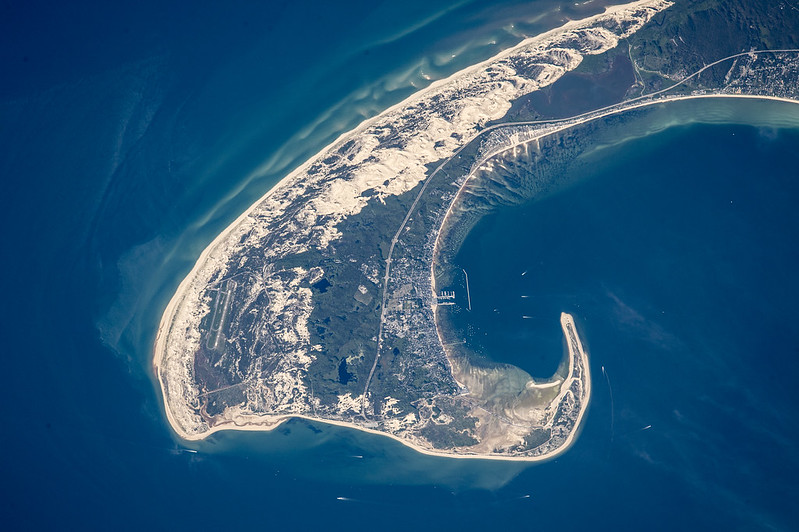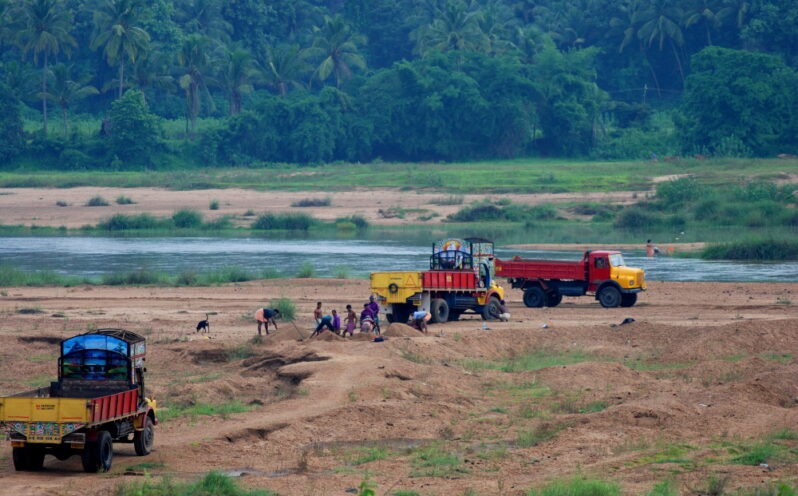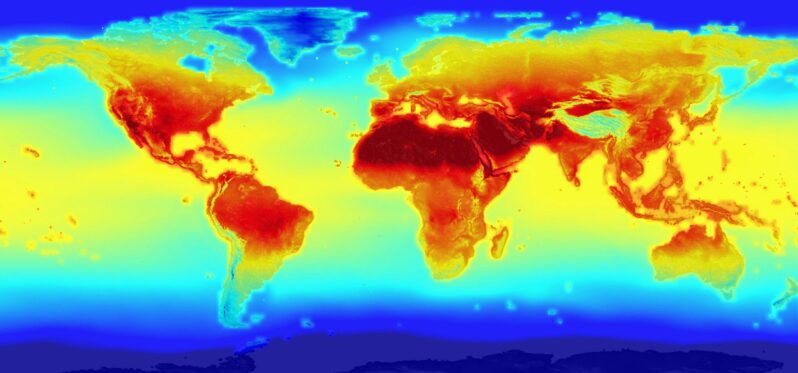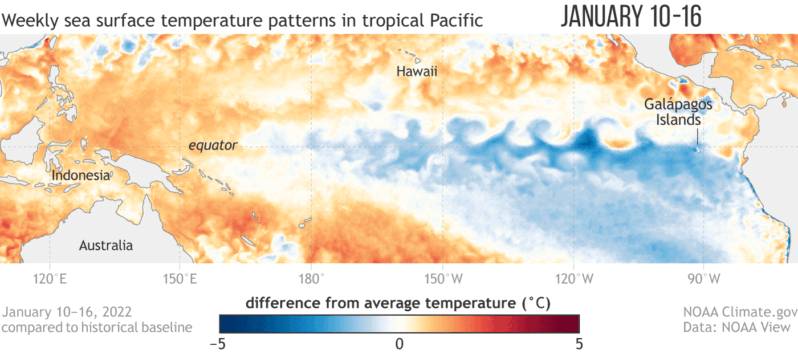Mangrove Trees Are on the Move, Taking the Tropics with Them – Scientific American

As the climate warms, mangroves are migrating farther poleward, transforming the coast as they go…
This Isn’t Your Grandparents’ Summer Heat – Scientific American

The face of summer is transforming, as people today face more frequent, longer-lasting and hotter heat waves than they did several decades ago…
Extreme Summer Heat Threatens Coral Replanting Effort – Scientific American

A marine heat wave last year undercut efforts to regrow coral reefs off Florida’s coast. Conservationists are worried this year could be problematic, too…
Cape Cod needs to clean up its water. The solutions could cost billions – WBUR Boston | Scientific American

It’s a critical moment for Cape Cod. The Cape has more than 550 miles of coastline, at least 890 freshwater ponds and 53 small saltwater bays bordering the ocean. That water is the Cape’s raison d’être: residents and visitors use it for swimming, boating and fishing, and it forms the backbone of the region’s $1.4 billion tourism industry. Now Cape Cod communities are scrambling for solutions before their ecosystems, economies and property values collapse….
Inside the Crime Rings Trafficking Sand – Scientific American

Organized crime is mining sand from rivers and coasts to feed demand worldwide, ruining ecosystems and communities. Can it be stopped?…
How to Crochet a Coral Reef – and Why – Scientific American

In 2005, Los Angeles-based twin sisters, Margaret and Christine Wertheim tried a different approach to communications by starting the Crochet Coral Reef project. The idea was born from their love of the Great Barrier Reef, their oceanic neighbor, and their appreciation for handiwork and the community it can create, simply by participation…
Earth Just Had the Hottest 12-Month Span in Recorded History – Scientific American

As this past October came to a close, it marked the hottest 12-month period ever recorded, a new analysis finds. This stark milestone is the latest in a string of superlatives to emerge this year that show how much carbon pollution has warmed the planet—and how that trend is accelerating. It also comes just weeks before international negotiators are set to meet and hash out issues around achieving the Paris climate accord’s fundamental goal: limiting global warming to no more than 1.5 degrees Celsius (2.7 degrees Fahrenheit) above preindustrial temperatures…
DeSantis’s Florida Approves Climate-Denial Videos in Schools – Scientific American

Florida’s Department of Education has approved classroom use of videos that spout climate disinformation and distort climate science
Climate activists are like Nazis.
Wind and solar power pollute the Earth and make life miserable.
Recent global and local heat records reflect natural temperature cycles.
These are some of the themes of children’s videos produced by an influential conservative advocacy group…
El Niño May Break a Record and Reshape Weather around the Globe – Scientific American

Seven years ago an exceptionally strong El Niño took hold in the Pacific Ocean, triggering a cascade of damaging changes to the world’s weather. Indonesia was plunged into a deep drought that fueled exceptional wildfires, while heavy rains inundated villages and farmers’ fields in parts of the Horn of Africa. The event also helped make 2016 the planet’s hottest year on record. Now El Niño is back…
